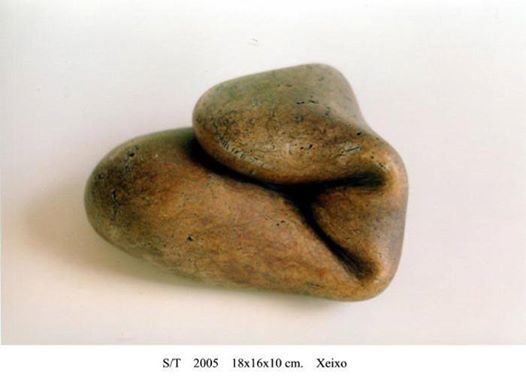Your insights about ionic liquids are fascinating. I’d never heard of them before.
Thank you! A friend, Tom, who extracts and separates natural gas into its component parts has been looking for a method to remove the normal impurities found in it, nitrogen and carbon dioxide. The reason is simple, below 10% total impurities, natural gas can be put directly into a pipeline and the provider is paid immediately. Tom has been to many auctions of large natural gas deposits where no one bid because the impurity level in these deposits was above 10%. Several ionic liquids have very large carbon dioxide solubilities, so these liquids can scrub out the CO2 easily and economically. Per my advice, he has been buying up these massive deposits as we prepare to purify them for sale. I have been looking for ways to get CO2 that is dissolved in these ionic liquids to react to make something of value.
Did you know Barry Marshall, in your H. pylori article, had to ingest the H. pylori and begin the process of getting an ulcer before someone would believe him? Of course, he got a Nobel prize for it.
I did–it’s one of my favorite stories in science.
Have you looked into membrane separation of the gas components? My first job out of college was working on a portable pilot plant to evaluate this process for separation of hydrogen sulfide and carbon dioxide from large natural gas fields (200 MMCFD) near Calgary Alberta. That was in the late 70’s and it was marginally cost effective back then so there may be more effective membranes available now.
Coincidentally, one of my last jobs was trying separate CO2 from coal power plant fuel gases using a salt solution and electrodeionization to drive the separation process. That one didn’t have as much success 
We have done some evaluations of membrane systems, but their outputs tend to be low and are prone to clogging due to changing raw material streams, but new membrane systems may overcome these barriers. One viable, but still expensive approach, is to use ion exchange materials with modified pore sizes to remove the nitrogen. A column fills with nitrogen which matches its pore size, then when the voids in the column are full, the raw material stream is switched to another column. The first column’s pressurized nitrogen is released to a storage container and awaits to be filled in the next cycle.
I’ve been out of touch with that part of the membrane industry far too long to know with certainty and was just assuming that there must have been some major advancements so am sorry to hear otherwise. The IX column approach sounds similar to molecular sieve technology that I’ve heard of. I’d have thought that an IX system would have been better for removal of charged species, though.
Sorry for the thread drift!
Ion exchange is used to tailor the pore size by arranging metallic ions at the pore exit.
Hmm, Ionic Liquids. That sounds intriguing. I don’t suppose you could point me to any journal articles about them. Or some other literature. I’m wondering what else they could be useful for.
There are thousands. Just google search for them. If you are looking at certain applications, I would be happy to help you find related journal articles.
@volivaa - last I checked a dozen years ago or so, most commercial ionic liquids were somewhere around $5/g, at least from Merck. Have prices come down significantly since then?
Depends on the type. The commercial ammonium quats are quite cheap ($2-20 per pound) and widely used in detergents, antibacterial soaps, etc, while the imidazole based are quite a bit higher depending on the organic group attached to the imidazole and whether a common counterion is used. One can make methyl imidazole precursor for $20-50 per pound depending on volume. Phosphonium quats are quite exotic at present. Most large scale users of ionic liquids will make their own to save money.
Here’s a recent creation. 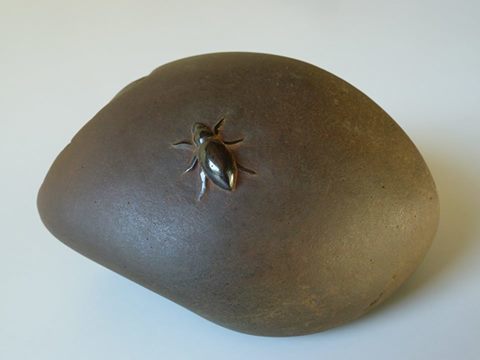
Okay, that’s cool. It hits all my “that’s ‘super neat’” buttons. 
New creation.
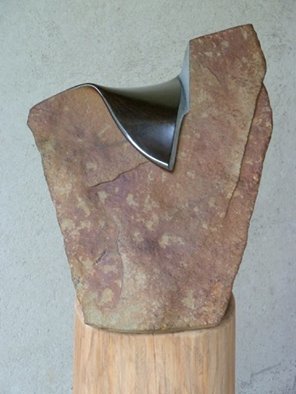
And yet another.

A new one
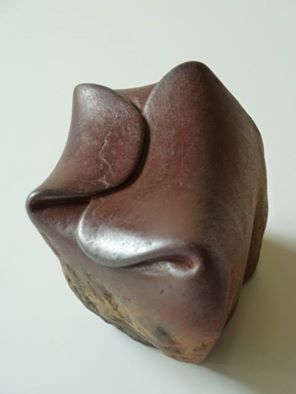
Newest one.
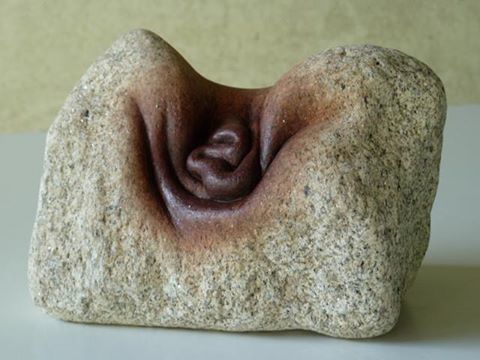
Ok, here’s another.

And another…
